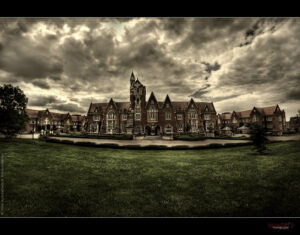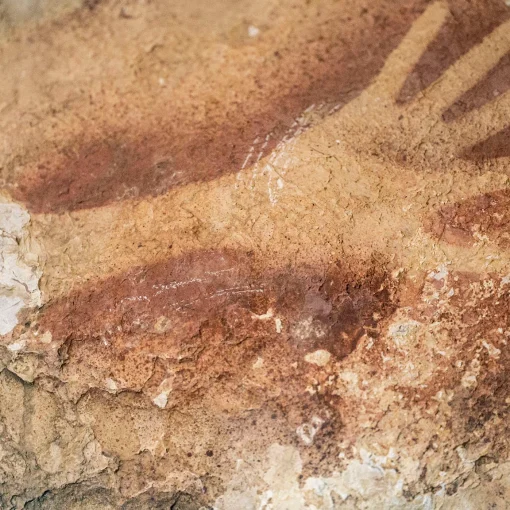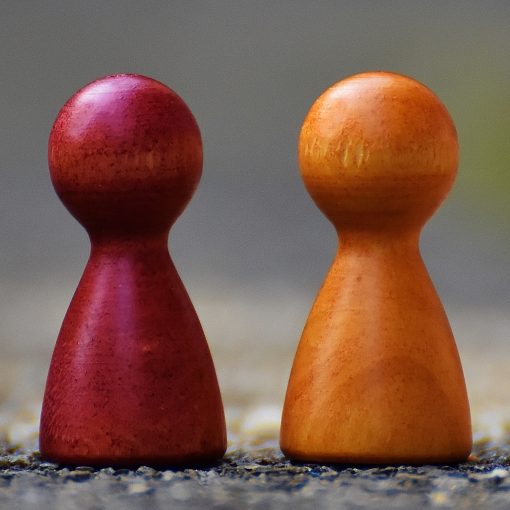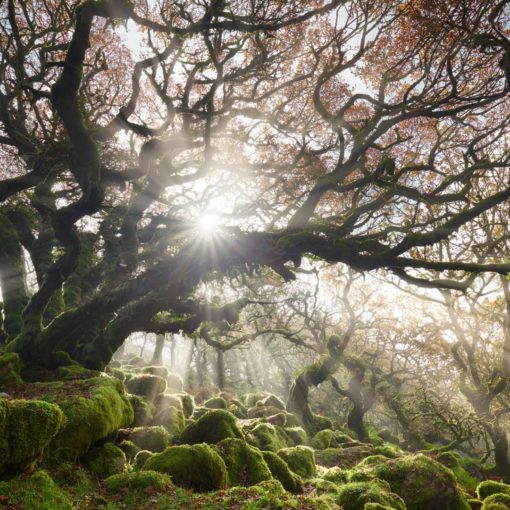The Victorian Solution
I grew up in Brentwood Essex. One of the things that Brentwood was famous for at that time (at least to those that lived there) was Warley Hospital. Warley Hospital was a residential psychiatric facility. Needless to say, as a child growing up in the mid-seventies there were many names for it.
The hospital was great Victorian gothic mansion set is several acres of green space , parkland and gardens. I remember visiting it one Christmas as schoolboy in the choir.
, parkland and gardens. I remember visiting it one Christmas as schoolboy in the choir.
London was ringed in the Victorian times by these great gothic asylums, as were many cities in the UK. Drive around the M25 and every so many miles we might see the spires rising through the trees of one of these buildings. Move the problem out of the city, move it out into the countryside, that was the idea.
We know there were many poor practices around such places, but there is more and would like to explore that here.
These hospitals have all closed now, the advent of care in the community saw to that. Some remain in NHS ownership, some are now offices or residential apartments. One thing is common though, the once spacious grounds have all been redeveloped, whether as business parks, retail spaces or housing estates.
Nature as an active part of the process
It is easy to condemn the Victorian strategy of shift the problem elsewhere, but there is also something else we might consider. There was always a recognition that these green spaces were good for the human soul, being outdoors may not cure the condition, but could at least ease the suffering.
I remember being struck when reading Bessel van der Kolk’s book “The Body Keeps the Score” him describing the changes in mental health institutions through his career. With the advent, and increase of, treatment by medication the outdoor spaces and sports area slowly become turned over to extended new-built ward-space where people could be medicated.
Medical advances reduced the need for such healing spaces, we did not need to such expanses of parkland to exercise in or walk around. It is not to decry the value of medical advances, but perhaps the pendulum swung too far.
However, I suggest that we are rebalancing things. As E.O. Wilson stated within his Biophilia hypothesis, we are part of nature, and we expect to have access to it. Connection to nature is good for us. Neuroscientists are recognising the simple positive affect that can occur when we simply see the colour green, or pictures of nature scenes, particularly when juxta-posed with cityscapes and urban images.
Famously, it has been proven that patients in hospital beds with views of nature through a window, heal more quickly and effectively, than those who do not have that view.
Reconnecting. Rediscovering
Quite simply nature heals.
Whether we look at formal processes such as Shinrin Yoku (Forest Bathing) or animal assisted or facilitated therapies, or simply some of the social prescribing which can be as simple as just taking “a good walk in nature” with GPs handing out instructions for local walks and things to look for on them. The message of nature’s benefits is slowly once again being recognised.
In his book “Lost Connections”, Johann Hari talks about the lack of once important connections in our lives that are now giving rise to the foundations of mental health conditions such as depression. Loss of connection with nature and the environment being one.
I spent a few years working for a local MIND charity in the UK, and one of the important programmes that they commissioned from me was in the local parkland. Mindful activities connecting people back to themselves through connecting with the environment. Working in these spaces had so much more impact on people, even when it was raining!
I work with the team at Athena Herd Foundation in Kent these days and the impact on the small groups of vulnerable adults that we work with there is not just about the opportunity to interact with horses but also to get outdoors and be in the environment. Sometimes it is just the space itself, sometimes it might be the simple day to day undertaking of outdoor tasks and activities that can be enough to raise the spirits.
The social farms and gardens model is recognised to provide a powerful combination of meaningful and outdoor activity (such as husbandry or gardening). EO Wilson had it right for me – we are nature. And in connecting with nature, whether working with horses, tending the land, or simply walking in green spaces there is an opportunity to ease human suffering.
It is not to say that nature trumps medicine, or that we should walk away from the important benefits of the right pharmaceuticals; but we should not forget that nature is itself good medicine. Nature should take its place as part of each one of our individual healing programmes.
So let us not throw the baby out with the bath water, the Victorians in creating places like Warley Hospital they got one thing right, being in nature was healing and calming for the emotions and the spirit. It was good for the soul.
NB: I do not own the image: picture ownership credits http://flickr.com/photos/rustycosworth/5933098643




